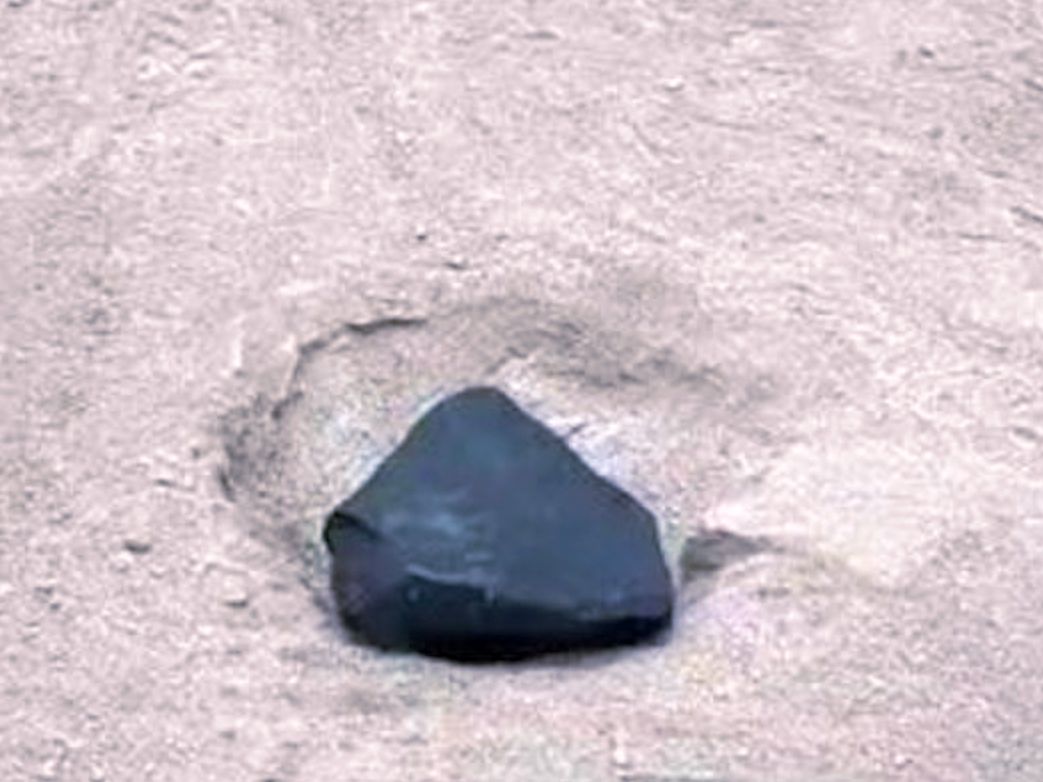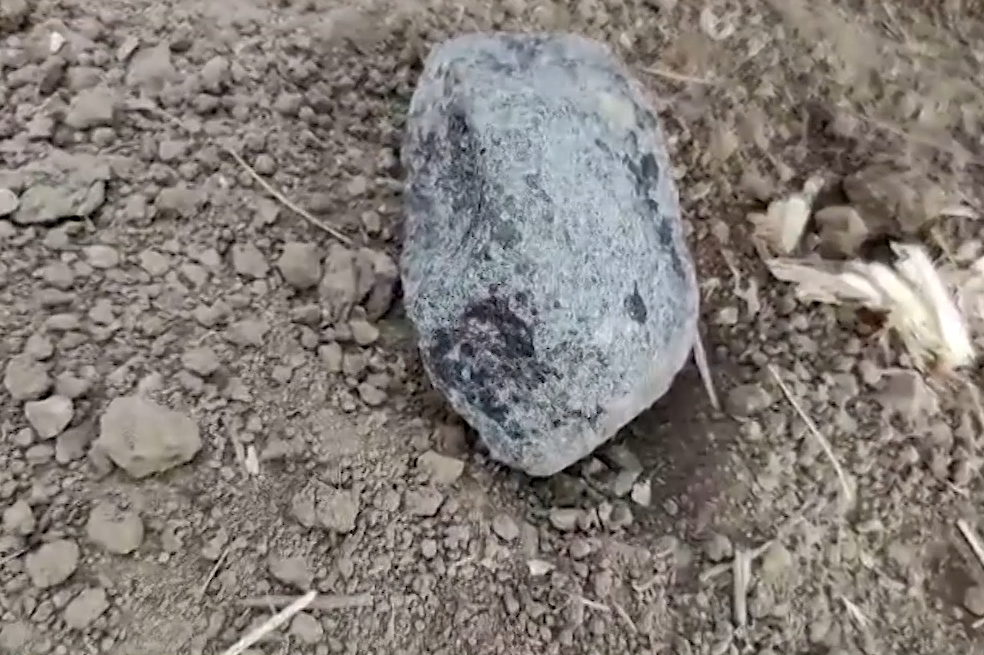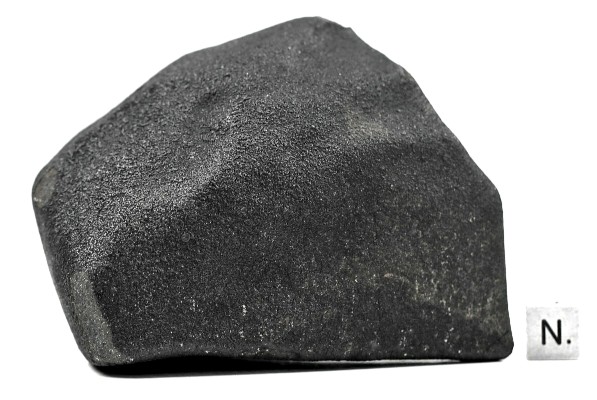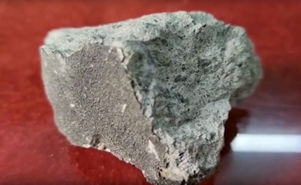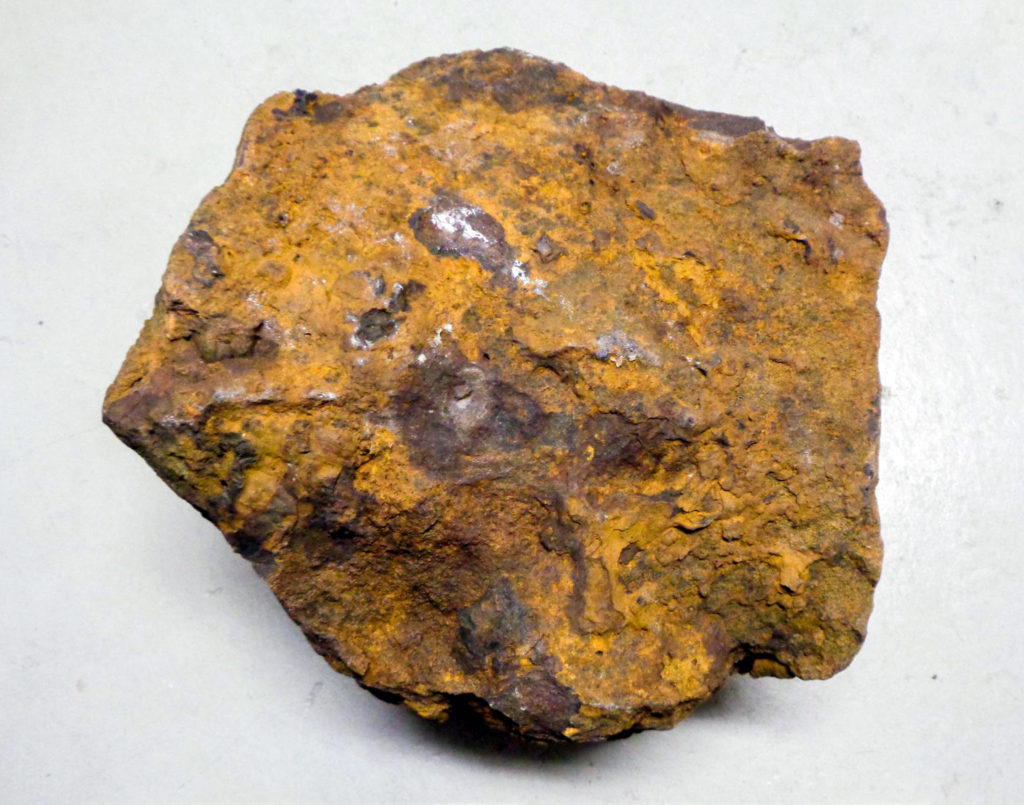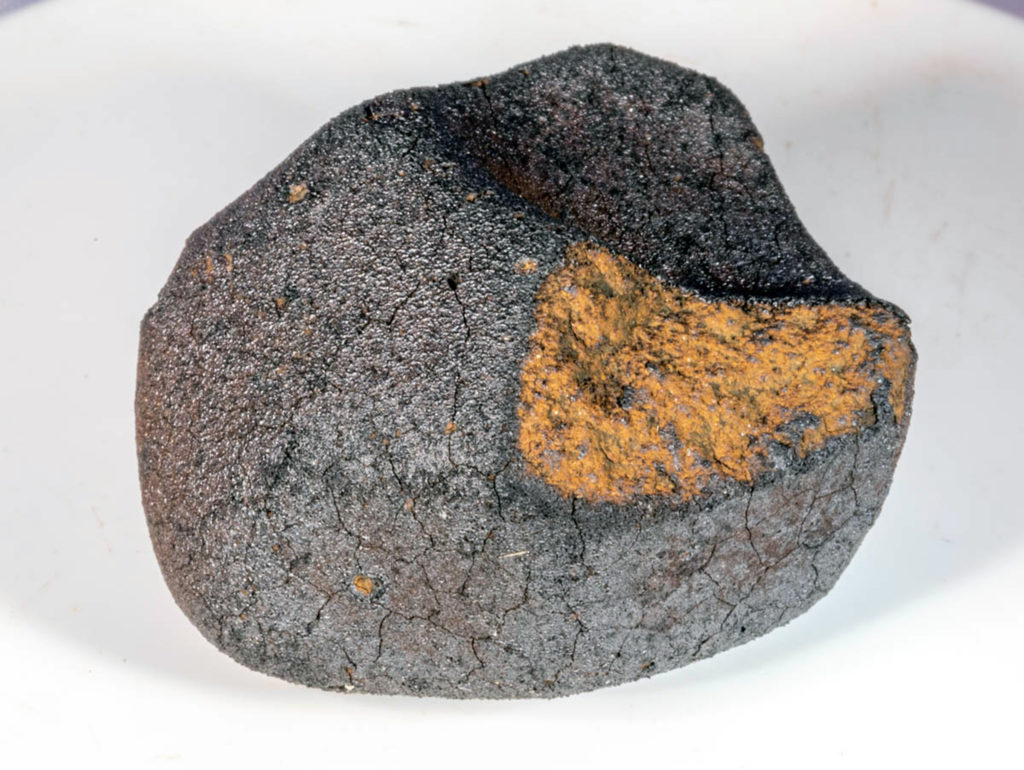Comparison of the earliest NC and CC planetesimals: Evidence from ungrouped iron meteoritesOPEN ACCESS
Fridolin Spitzer, Christoph Burkhardt, Thomas S. Kruijer, Thorsten Kleine
Update (24 March 2025): Geochimica et Cosmochimica Acta LINK (OPEN ACCESS)
“Isotope anomalies in meteorites reveal a fundamental dichotomy between non-carbonaceous- (NC) and carbonaceous-type (CC) planetary bodies. Until now, this dichotomy is established for the major meteorite groups, representing about 36 distinct parent bodies. Ungrouped meteorites represent an even larger number of additional parent bodies, but whether they conform to the overall NC-CC dichotomy is unknown. Here, the genetics and chronology of 26 ungrouped iron meteorites is considered through nucleosynthetic Mo and radiogenic W isotopic compositions. Secondary cosmic ray-induced modifications of these isotope compositions are corrected using Pt isotope measurements on the same samples. We find that all of the ungrouped irons have Mo isotope anomalies within the range of the major meteorite groups and confirm the NC-CC dichotomy for Mo, where NC and CC meteorites define two distinct, subparallel s-process mixing lines. All ungrouped NC irons fall on the NC-line, which is now precisely defined for 41 distinct parent bodies. The ungrouped CC irons show scatter around the CC-line indicative of small r-process Mo heterogeneities among these samples. These r-process Mo isotope variations correlate with O isotope anomalies, most likely reflecting mixing of CI chondrite-like matrix, chondrule precursors and Ca-Al-rich inclusions. This implies that CC iron meteorite parent bodies accreted the same nebular components as the later-formed carbonaceous chondrites. The Hf-W model ages of core formation for the ungrouped irons overlap with those of the iron meteorite groups from each reservoir and reveal a narrow age peak at ~3.3 Ma after Ca-Al-rich inclusions for the CC irons. By contrast, the NC irons display more variable ages, including younger ages indicative of impact-induced melting events, which seem absent among the CC irons. This is attributed to the more fragile and porous nature of the CC bodies, making impact-induced melting on their surfaces difficult. The chemical characteristics of all iron meteorites together reveal slightly more oxidizing conditions during core formation for CC compared to NC irons. More strikingly, strong depletions in moderately volatile elements, typical of many iron meteorite parent bodies, predominantly occur among CC irons, for reasons that remain unclear at present.”

